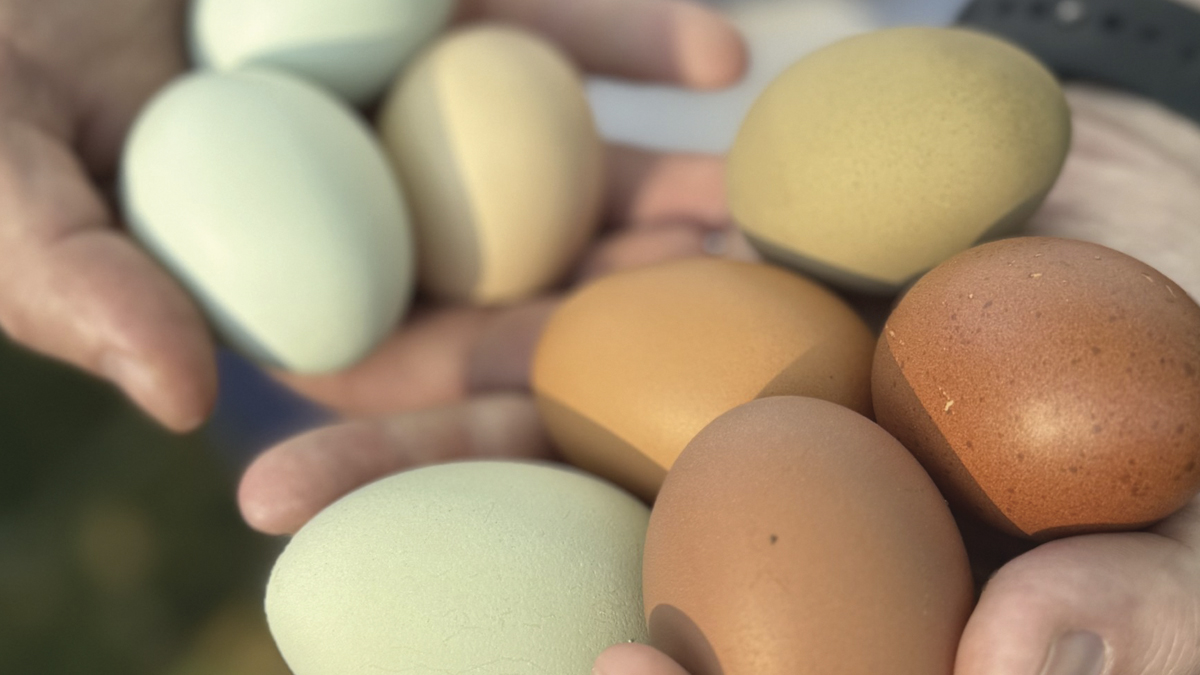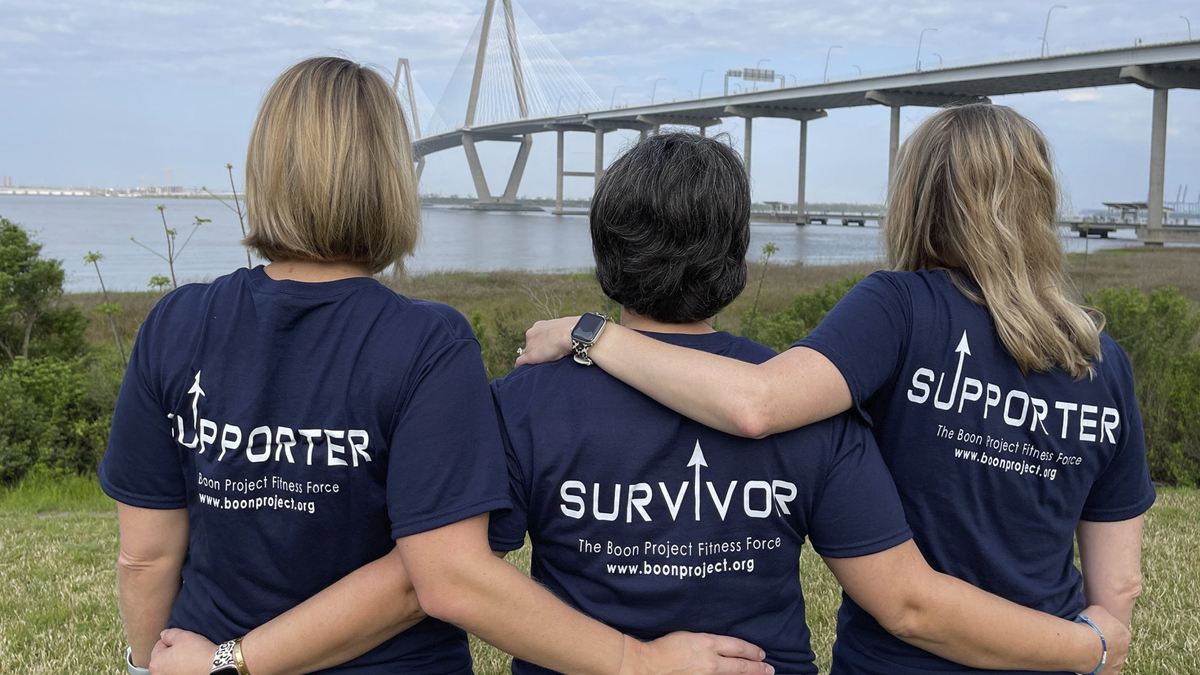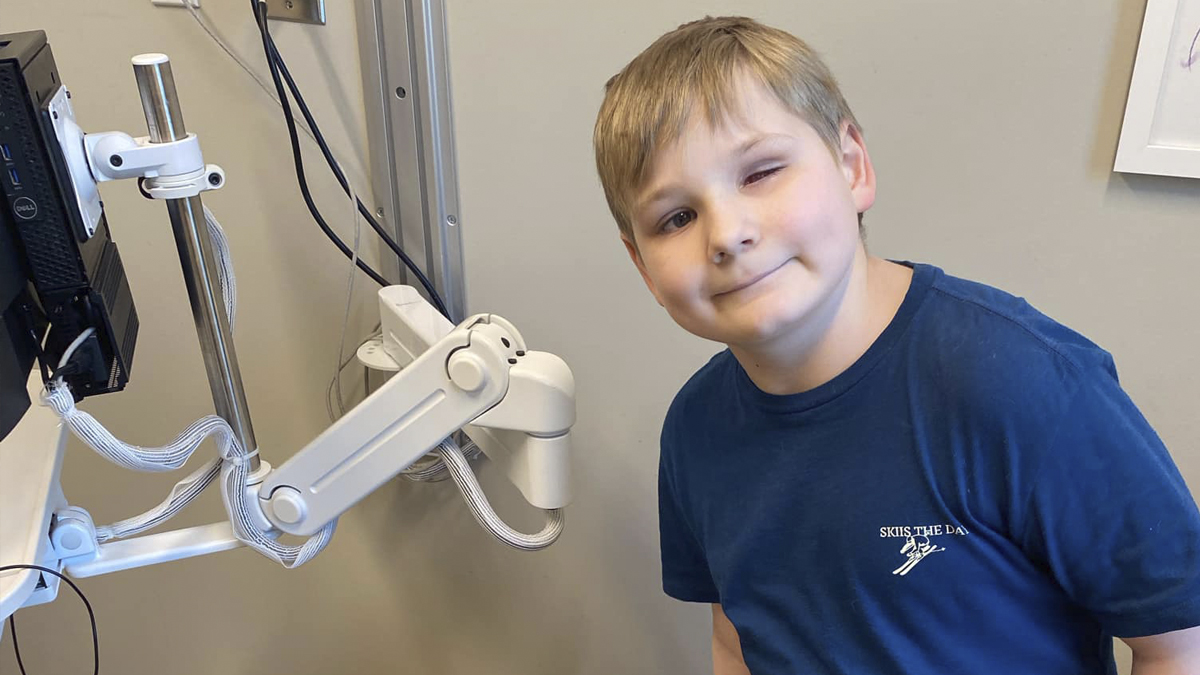The HealthLinks Best in Health edition highlights the winners in all categories, but, along with that, it also points out some important work being done by some important local doctors. Take Dr. Julia Saylors with Best in Health winner Charleston Oncology, for example. She specializes in integrative oncology, which allows her to help people optimize their health to reduce the risk of cancer. Dr. Saylors noted that one environmental issue, microplastics, has been making waves lately in health research.
What Are Microplastics?
Microplastics are tiny plastic particles that have infiltrated our environment, our food and even our bodies.
Dr. Saylors explained: “Microplastics are plastic fragments less than five millimeters in size found in everything from the air we breathe to the food we eat. These tiny particles don’t just float around harmlessly – they carry toxic chemicals, disrupt hormones, cause inflammation and increase the risk for cancer and other chronic diseases.”
Scientists have detected microplastics in human blood, lungs, breast milk, placentas and even tumor tissue.
How Microplastics Increase Cancer Risk
Dr. Saylors mentioned that several studies have shown evidence that microplastics may be associated with an increased cancer risk. For example, according to the National Institutes of Health, a study in 2020 found that mice exposed to microplastics had a higher incidence of colon cancer. Another study in 2021 found that microplastics could promote the growth of breast cancer cells.
Common Sources of Microplastics
Dr. Saylors noted that microplastics are everywhere:
- Plastic bottles and food containers: Don’t leave a plastic water bottle in the car or reuse an old water bottle. When exposed to heat or wear, they can shed a small amount of microplastics into the liquid.
- Synthetic clothing: Not that there is much you can do about this, but washing polyester, nylon or acrylic fabrics releases microfibers into water systems.
- Cosmetics and personal care products: Some scrubs, toothpaste and makeup contain microplastics, also known as microbeads. Beware of these.
- Cookware: Minimize your use of nonstick Teflon-coated pans and plastic cooking utensils and cutting boards, which can shed microplastics into food.
- Household dust: Even particles in the air contain microplastics since furniture, carpets and electronic devices can shed microplastics, which collect in indoor dust.
How to Reduce Exposure to Microplastics
Dr. Saylors provided some additional tips on how to reduce exposure to microplastics:
- Ditch single-use plastics: Go with reusable bottles made from stainless steel, glass or silicone for water bottles, food storage and utensils.
- Filter your water: Use a high-quality filter that removes microplastics from tap water.
- Eat fresh, whole foods: The packaging that contains processed food is often in plastic, which can be shed onto the food.
- Choose natural fibers: Instead of fabrics that contain synthetic fibers, opt for cotton, wool or linen clothing.
- Vacuum and dust regularly: Vacuuming keeps your house clean and reduces the chances that you will inhale airborne microplastics. Change your filters regularly and consider using a HEPA filter.
- Go plastic-free in the kitchen: It’s a good idea to swap plastic cooking utensils for wood, metal or silicone. Avoid heating food in plastic containers, and use stainless steel, ceramic or cast-iron pans.
- Check your personal care products: Even beauty products can contain plastics. Look on the label for “microplastic-free” on all skin-care and beauty products.
“By making mindful choices, you can reduce your exposure to microplastics and protect your health,” Dr. Saylors concluded.
For more information on wellness, cancer prevention and cancer treatment, follow Dr. Saylors on Instagram @juliasaylorsmd.
By Theresa Stratford






